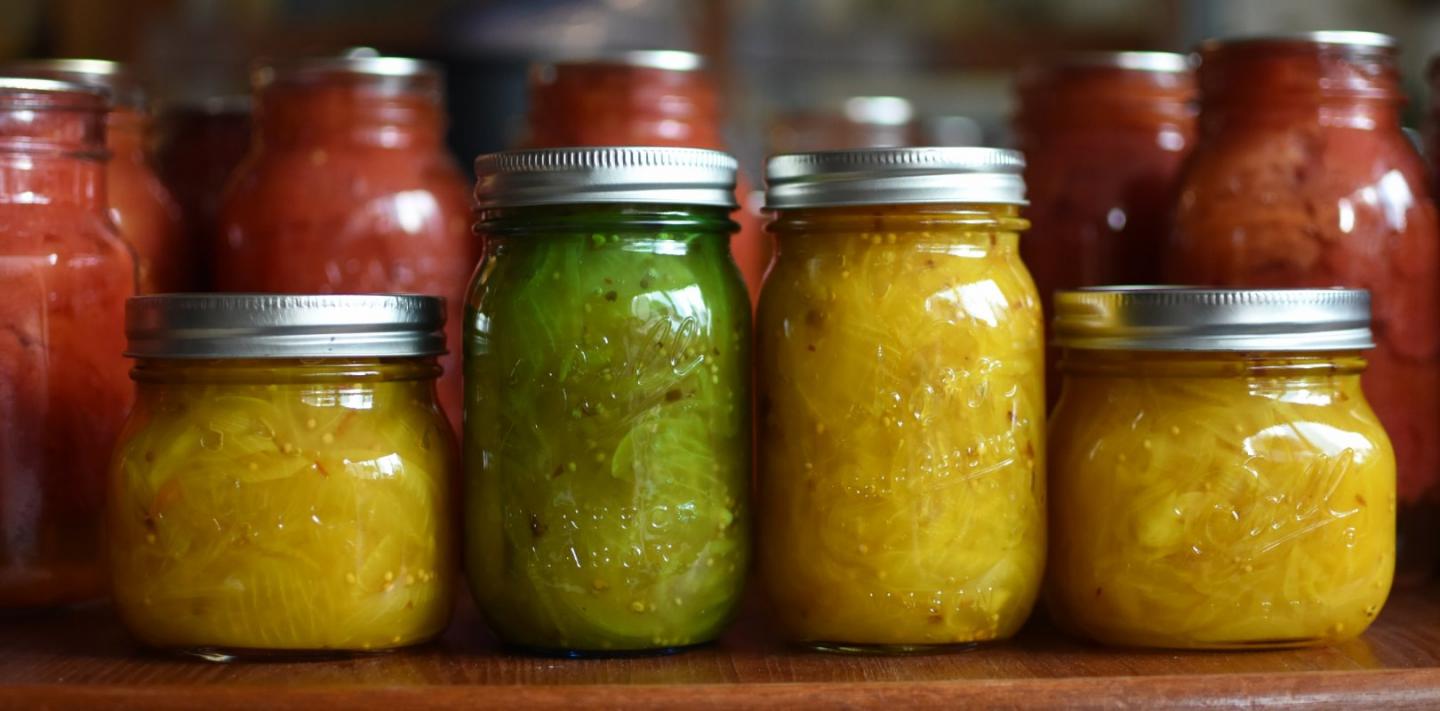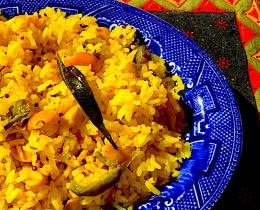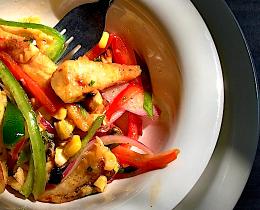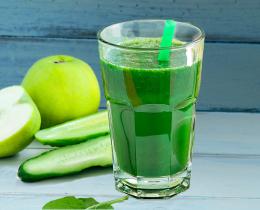Omega: How did you get started preserving food at home?
Marisa: I grew up doing it with my mom. We lived in Portland, Oregon, and had apple trees and blackberry bushes in and around our yard and in the neighborhood. We’d go picking and do a little canning—not tons and tons, but I knew how to do it. When I was in my mid-20s I went blueberry picking one day, and came home with 13 pounds of blueberries. That was the instigator. I canned some jam and I loved it. I wanted to do more, and it just went from there.
Omega: How do you recommend people get started?
Marisa: For basic bath canning with boiling water, you don’t need a pressure cooker or any specialized equipment. You just need a stock pot, a pan to cook your jam in, and some jars.
For people who have never done this before, I recommend asking around to see if you have friends who can. Just having someone to talk you through it can be really helpful. If you don’t, there are a number of really great YouTube videos. You can also go to my blog, Food in Jars, where there are tutorials
Omega: How does food preservation fit into the larger sustainability movement?
Marisa: If you’re someone who is dedicated to supporting your local farmers and eating locally, you buy with the seasons. Often you buy a lot of something when it’s in season with the knowledge that it won’t be around later in the year. You then need to do something so you can eat it for a longer period of time. That’s where canning plays a role.
The other thing that people don’t think about is that canning is a really great waste prevention tool. If you get a Community Supported Agriculture share and you’re not going to be able to eat everything in a week before the next share comes, you can make a little batch of pickles, you can make some pesto, you can cook the fruit down into a jam or compote. That really extends the lifespan of that food.
Canning is really this great tool for both supporting your local foodshed and preventing waste once you’ve made a purchase of produce or have harvested it from your garden.
Omega: Do you have any thoughts about why canning fell out of fashion and why it seems to be coming back into favor?
Marisa: I think it fell out of favor because lives got busier and something had to give. For a lot of people home cooking in general became the thing that had to give—not to mention canning.
I think it’s coming back now, in large part, because people are looking for a way to reconnect with food, as well as the act of "making" something. Canning is something that is a "making" act that is also delicious.
It’s also coming back because people are more interested in supporting their local foodshed, whether it’s farmers or a CSA share, or even if they are growing food in their backyard. Once you start becoming more engaged in the agriculture going on around you, whether that’s on a small or large level, then canning is one of the next obvious acts.
Basically people lost their connection with food, to where it came from and how it was made. Preserving food is an easy way to regain some of that connection.
Omega: Do you have any encouragement for the first-time canner?
Marisa: They should know this is not nearly as hard as they may think it is.



